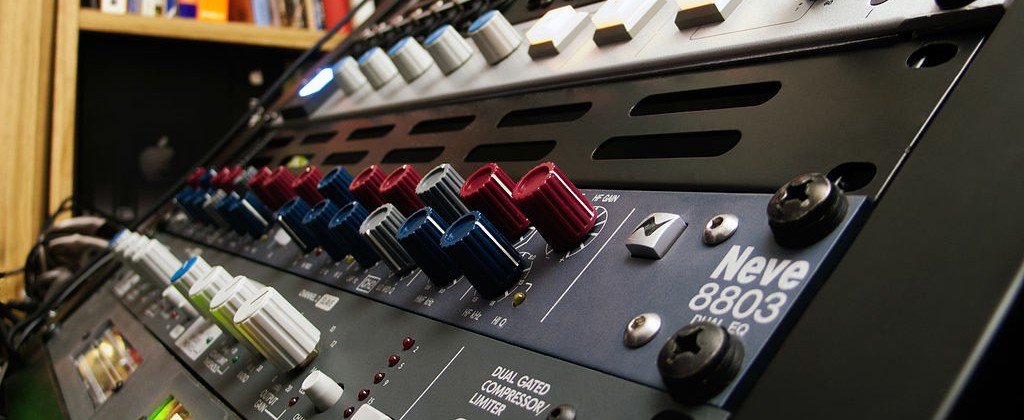Recording and Gathering resources – Digital Storytelling Tutorial
Now that you have finished your narration it is time to sit down and record! When recording narration don’t ever stop recording just do another take if you don’t like how you said something or you messed up.
Edits can be applied to the final recording to take out and put together what sounds best. Remember when recording take your time and speak as if you were talking to a friend about a story.
Here are some pointers to keep in mind when recording voice:
- Choose a noise free space
- when thinking about recording location is key to being able to record nice audio, a small closet like space is a nice enclosed location that will eliminate echo and reduce outside sound
- Separate the microphone from the computer
- most computers come with build in microphones, these are nice for Skype calls and Google hangouts, but not that great for recording clear audio, because computer emit a very small hum that can disrupt your recordings.
- if can not get your hands on a separate microphone, then try to speak directly into the microphone when recording, don’t worry too much about the volume as this can be adjusted
- Find a audio editing program
- once the audio has been recorded you probably want to edit and splice together the best recordings you made throughout the process, Audacity is a create free program many people use to do just that
- Avoid plosive and sibilance
- these are the popping “p” sounds and harsh “s” sounds that are created when the microphone is positioned too close to your mouth, to avoid these make the microphone point more towards your chin instead
- Room tone
- it may sound strange but make sure you record some silence in your recording, this will give you a background noise for the room you are recording in, and make editing easier, it can be used to fill a gap you edit out and sounds much more natural than pure silence
Images and media:
Remember the media you provide is what gives context to your story. Whenever possible use your own imagery, such as original photographs, but if you need to use stock images remember to look for open free to use images. A good place to look for those is on Wikipedia Commons. If you want to use music in your video you can also check out the Creative Commons for some free to use music, but make sure you read the page to find out which music is actually OK to use openly.




